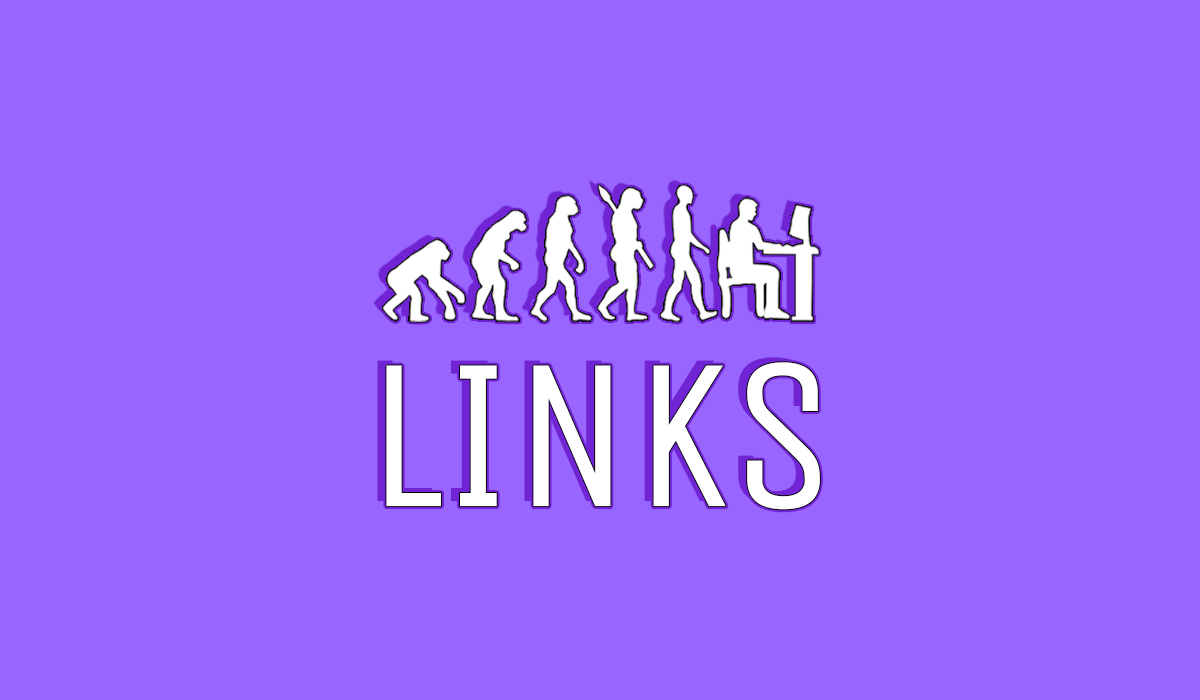LINKS - July 3rd, 2024
Welcome to LINKS — my attempt to provide Rhapsody readers with five interesting stories that tell us something about what it means to be human . LINKS is published every Wednesday. Have a link you want to share? Drop it in the comments.
Did Prehistoric Children Make Figurines Out of Clay?
By Jaimie Seaton, Smithsonian Magazine
“The oldest known ceramics come from a handful of sites in the Czech Republic and date back to about 28,000 B.C.E., roughly 10,000 years after the Neanderthals went extinct. A now iconic figure of a woman and assorted ceramics were found at a Czech site called Dolni Vestonice in 1925. Additional anthropomorphic and zoomorphic figurines were found over the ensuing decades, and in 2002 fingerprints were discovered on many of the objects.”
The world’s oldest mechanical computer used a lunar calendar to study the stars
By Andrew Paul, Popular Science
“‘Previous studies had suggested that the calendar ring was likely to have tracked the lunar calendar, but the dual techniques we’ve applied in this piece of work greatly increase the likelihood that this was the case,’ Bayley added.”
Inside Russia’s Campaign to Steal and Indoctrinate Ukrainian Children
By Greta Uehling, Sapiens
“The estimated number of children sent unlawfully from Ukraine to Russia since the full-scale invasion varies widely, from 20,000 to 750,000. Child removal is a way for Russia to claim the Ukrainian children it has not killed with missile or drone strikes. Through a vast network of shelters and camps, Russians and their supporters provide kids with Russian identity documents, indoctrinate them into pro-Russian beliefs, and, in many cases, send them to foster and adoptive families.”
Why Some People Haven’t Caught COVID despite Being Exposed
By Saima S. Iqbal, Scientific American
“The three people who fought off transient infections produced heavy doses of signaling proteins called interferons in their nose on day one after infection. In contrast, those who developed a full-blown infection showed interferons in their blood as early as day two but not in their nose until day five.”
Fossil of Neanderthal child with Down’s syndrome hints at early humans’ compassion
Reuters via The Guardian
“‘Given these symptoms, it is highly unlikely that the mother alone could have provided all the necessary care while also attending to her own needs. Therefore, for Tina to have survived for at least six years, the group must have continuously assisted the mother, either by relieving her in the care of the child, helping with her daily tasks, or both,’ Conde-Valverde added.”




